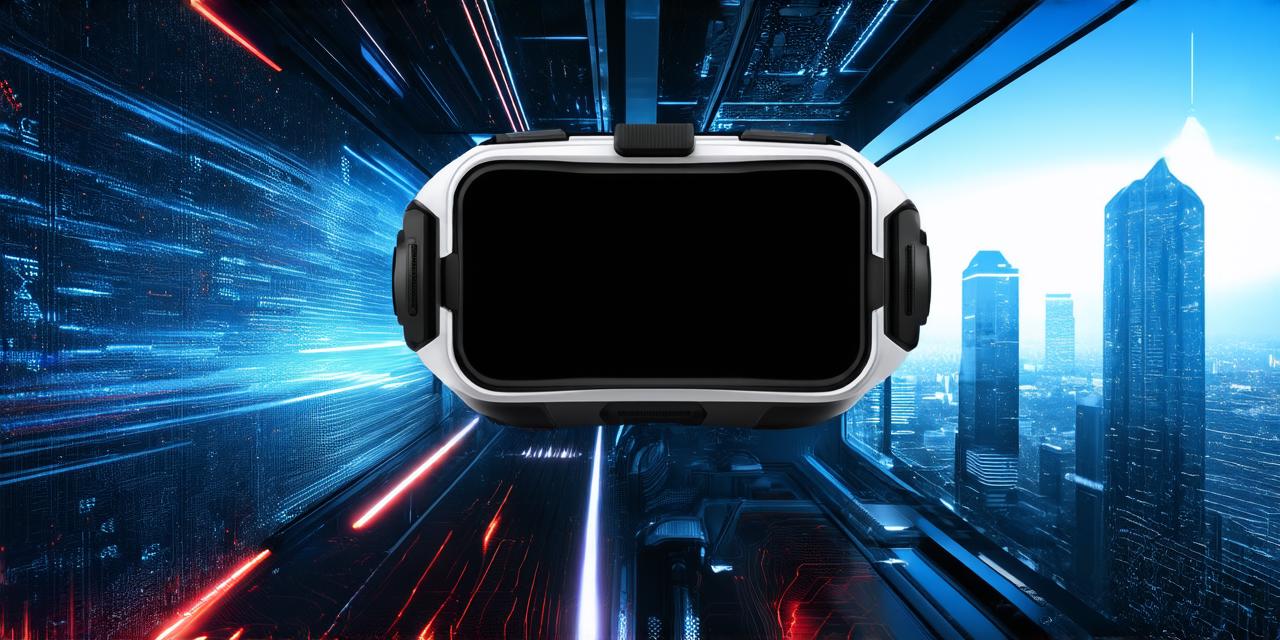
Augmented Reality vs. Virtual Reality: Which Comes Out on Top?
Virtual reality and augmented reality are two of the most exciting technologies to emerge in recent years. While both have their own unique strengths, there is still debate about which one is better suited for specific applications.
What Is Augmented Reality?
Augmented reality (AR) refers to a technology that overlays digital information onto the real world. This can include anything from simple graphics to more complex 3D models, and it can be accessed through a variety of devices such as smartphones, tablets, and headsets. AR is often used in industries such as gaming, education, and marketing, where users need access to real-time information and the ability to interact with their environment in new and exciting ways.
What Is Virtual Reality?

Virtual reality (VR) refers to a technology that completely immerses the user in a simulated environment. This can be anything from a simple video game to a fully interactive 3D model of a building or product, and it is typically accessed through a VR headset. VR is often used in industries such as entertainment, gaming, and education, where users need to be completely absorbed in the experience and have the ability to interact with their environment in a way that is not possible in the real world.
Which Technology Comes Out on Top?
It’s hard to say which technology comes out on top, as both AR and VR have their own unique strengths and weaknesses. However, there are some key factors to consider when deciding which technology is best for your needs.
- Cost: AR technologies tend to be less expensive than VR technologies, making them more accessible to a wider range of users. On the other hand, VR systems can be very expensive, especially when compared to basic smartphones and tablets.
- Complexity: AR is generally easier to use than VR, as it doesn’t require specialized equipment or software to get started. VR can be more complex and requires more setup, making it less suitable for users who are new to the technology.
- Applications: AR is best suited for applications that require real-time information and interaction with the environment. This includes things like marketing, education, and gaming. VR is best suited for applications where users need to be completely immersed in a simulated environment, such as entertainment and education.
- Interactivity: Both AR and VR can be highly interactive, but VR tends to offer more opportunities for users to fully engage with their environment. This includes things like hand tracking, motion control, and haptic feedback.
Real-World Examples
AR has been used in a variety of applications, including marketing, education, and gaming. One great example is the use of AR in the real estate industry, where users can view 3D models of properties and even explore them in real time using their smartphones or tablets. This can be especially useful for people who are out of town and want to get a better sense of what a property has to offer before making an offer.
VR has also been used in a variety of applications, including entertainment, education, and gaming. One great example is the use of VR in the entertainment industry, where users can experience immersive movies and games in a way that is not possible with traditional media.


